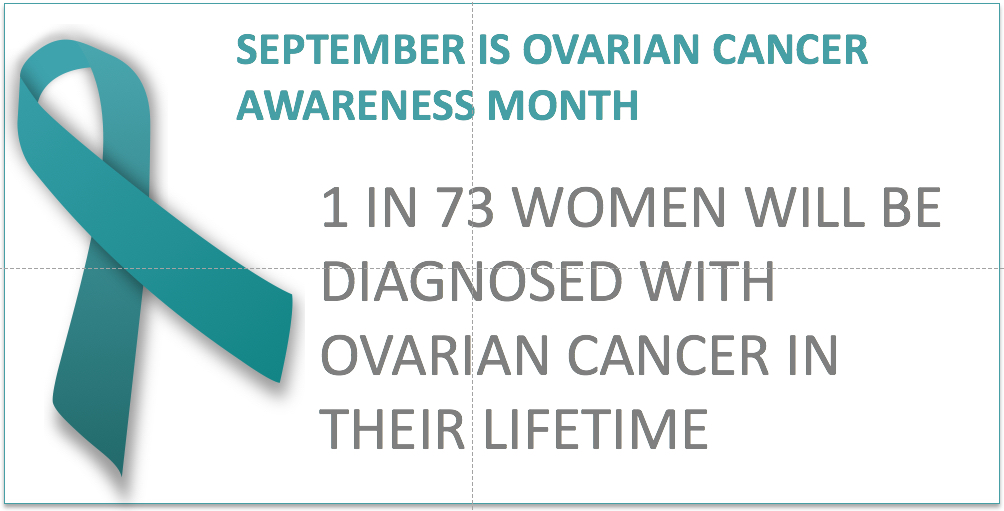Imagine being able to turn off the valve that feeds tumors just like we turn off the water at a hose bib when we need to. A therapy called anti-angiogenesis does just that.
To understand how it works, consider how cancer grows and spreads. Cancer tumors start from a single cell that divides uncontrollably, replicating itself into more and more cells. Forming a tiny cluster, it feeds on blood from the existing blood vessels until it grows to the size of a pin head. Then, in response to its huge appetite for oxygen and nutrients, it demands a new, rich, unrestrained supply of blood.
In a fierce struggle for life, the cancer cluster dispatches signals, carried by proteins, to the original network of blood vessels. These signals are an over expression of growth factors that cause the blood vessels to literally construct an intricate highway of capillaries dedicated to feeding the cancer. The result is a malignant tumor that grows and spreads rapidly, aggressively, and often deadly.
Intended for healing and repair, this miraculous process of forming new blood vessels on command is called angiogenesis. Unfortunately, when it is activated by cancer tumors, it becomes the lifeblood of the primary mass as well as its offspring.
Anti-angiogenesis is a method shutting off the valve by using angiogenesis inhibitors to block the protein carrying the growth signals. By preventing blood vessels from forming, the tumor starves and cannot grow.
The advantage of angiogenesis inhibitor treatments is that they are generally easier to tolerate than conventional chemotherapy, particularly as they are not toxic to most healthy cells. In addition, tumors don’t develop resistance to angiogenesis inhibitors, even when administered over a long period of time. Various studies found that angiogenesis inhibitors given in combination with some chemotherapy and/or radiation may make the conventional treatments more effective.
The disadvantage of angiogenesis inhibitor treatments is that these treatments only limit the growth of the cancer and do not cure it, so treatment could extend over a very long period. In addition, because angiogenesis is instrumental in wound healing and reproduction, it could compromise these biological functions. Other possible side effects include bleeding, blood clotting and cardiac function.
The U.S. Food and Drug Administration has already approved several angiogenesis inhibitors for treatment, which are proving beneficial against cancers of the kidney, colon, brain, ovary, lung, breast, liver, and multiple myeloma. In addition, according to the Angiogenesis Foundation, there are over 70 other medical conditions that may benefit from this science.
It is another step forward in understanding disease and conquering catastrophic illness.
For more information:
http://www.angio.org/
http://www.cancer.gov/cancertopics/factsheet/Therapy/angiogenesis-inhibitors






Add a CommentComments
There are no comments yet. Be the first one and get the conversation started!